Permaculture - Water reservoirs in the garden (lesson 22)
Ponds and lakes
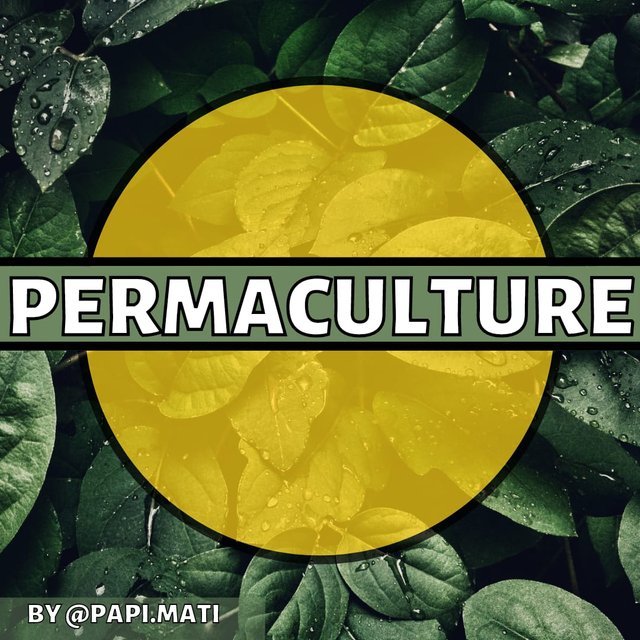 Cover prepared with Canva
Cover prepared with Canva It is great to have a lake on a plot of land, or even two, but very few people have enough space and financial resources to build it. An alternative, much easier to achieve, less costly, and taking up less space, is a small pond. Today I will tell you about the benefits of having ponds and lakes. You will also learn how to set up such water reservoirs and what should be done to keep them in good condition. The topic will be described better in future lessons as we discuss fish farming.
Let's start with the benefits of having a water reservoir on the plot:
- Even the smallest pond is a reservoir with water resources that can be used in crises to irrigate the garden.
- water beautifies the area, gives it a special aesthetic value
- water has a calming and relaxing effect
- water reservoirs improve the environmental macroclimate: they increase air humidity, lower the temperature, and have a positive effect on the growth of plants in the area
- ponds and lakes increase the biodiversity of the region
- larger tanks can provide us with food (fish, frogs, crayfish, crabs, some edible plants, etc.)
- the pond can be used for recreational purposes as a swimming pool
- we create the new sector on our property (check "zones and sectors" lessons)
There are many ways to create ponds and lakes in your garden. Foil, concrete, chemically hardening resins, unburned clay bricks, etc. have proven themselves as insulating materials. Ponds and lakes are biologically valuable spaces and invigorating elements of gardens and green areas. We have unlimited freedom when it comes to choosing their size and shape. It is important to remember the different depth zones and wetlands when setting up. The pond should have a gentle bottom drop so that animals can get out of it. The deepest place should be about 1,5 meters - then animals can winter there - frogs, amphibians, larvae, and others. The waterhole for birds should be 5-8 cm deep at the deepest point and a slight drop of the bottom on one side. There cannot be any cat hideouts in the area.
Contrary to appearances, small ponds require more work than large ponds. Maintaining the biological balance in a larger pond happens spontaneously, through the participation of plants and animals in the process. In a small pond, you need to change the water regularly, keep it clean and oxidized.
Equipment necessary for water reservoirs:
- pump. Pay attention to the capacity calculated in the flow of liters per hour of pump operation
- Filter. It can be mechanical, purifying water from algae and plant debris, or biological purifying from harmful chemical compounds.
- skimmer. Cleans water from impurities on the pane
- You can also buy lighting or fountains for decorative purposes
Fighting with algae
The biggest problem for the gardeners who decide to create the water reservoir is algae. When we will let that plants grow too much, it will block access to the air, kill our fish, destroy fauna and change the beautiful pond into a swamp.
- The algae grow when we feed the fish with too much food, which collapses and becomes the breeding ground for these plants. Some plants and snails help (algae eaters). It is not recommended to use chemicals that are harmful to flora and fauna.
- Water should be sunlit 5-6 hours a day, but too much light is harmful to fauna and flora and contributes to the growth of algae, so take care of partial darkening
- Algae are more of a nuisance at ponds smaller than 10m2 and less than 0.5m deep. When the meshes or ponds are larger, the biological balance helps to minimize the amount of these undesirable plants. Also, be careful with fertilizing plants growing near the pond. Too intensive fertilization contributes to the growth of algae.
- Algae also appear when we wrongly estimate the number of fish. A general rule of thumb is 1 small fish per 100 liters of water or 1 large fish per 1000 liters of water.
- Aquatic vegetation that increases the darkened area and filters the water helps control the number of algae. However, be careful that the plants do not grow too quickly. To avoid this, it is better to plant 1-3 fast-growing plants per 1 m2 of water surface, or 3-5 slow-growing plants. You can also use special baskets to prevent the growth of roots at the bottom of the pond. Aquatic plants are best placed on clay soil mixed with sand and a half. They should not be fertilized so as not to adversely affect the composition of the water.
- Do not plant trees too close to the pond so that the leaves do not fall into the water. Decomposing such leaves emit a lot of harmful organic compounds into the reservoir. If you are the owner of a plot where there was a pond in the vicinity of trees, regularly fish out the leaves with a net and additionally secure the bottom of your lake so that the roots do not damage the impenetrable layer.
Tips:
- Water lilies should be planted far from fountains as they do not tolerate soaking leaves and flowers
- most aquatic plants are resistant to all diseases. However, if you see a plant looking bad it is best to fish it out and dispose of it as it is most likely infected with a fungal disease that will otherwise spread to other plants.
- biological balance is achieved thanks to zooplankton. Therefore, it is a good idea to fill the new pond with water from the lake instead of the tap. If you are unable to add only water from a natural reservoir, make sure to add at least a few buckets of this water to your pond.
- to avoid mosquitoes, you will need a water pump. The presence of fish and frogs that eat the larvae of these insects will also be useful. You can invite frogs to your garden by planting tall grass on one side of the pond.
- if you want to own fish, make sure you have several depths in your pond. In winter, fish like to be 1.5 meters deep, but they breed on terraces up to 1 meter deep
- the limestone rocks on the shores of the lake look beautiful but do not overdo it with their amount. Calcium changes the pH of the water and when it becomes too alkaline it harms fauna and flora.
How to set up a fish lake, swimming, or decorative pond?
- Take care of the formalities. They will be different in each country, but most countries in the world require appropriate permits to establish a water reservoir, especially when it is to be large.
- decide on what tank you want to build. The structure of a decorative pond will look different, a breeding pond and a swimming pond, the recreational functions of which are replaced by a swimming pool.
- Find a suitable place with 5-6 hours of sunshine, away from trees.
- Dig a suitable hole. At the ponds where there will be fish, make sure that there are so-called terraces - different depths (preferably the pond should be 0.5 meters, 1 meter, 1.5 meters, and 2 meters deep). At the bathing ponds, take care of a gentle slope that will allow for a comfortable descent to the depth.
- Remember that the surface to volume ratio should be approximately 500 liters of water per square meter.
- The sidewalls of the pond should fall gently and gradually
- If you dig soil, do not mix the fertile topsoil suitable for garden use with the deeper layers of dug-up soil.
- Remove any roots and stones that could damage the waterproofing
- Sprinkle a 10 cm deep layer of clay or sand. This is additional protection against water loss
- Secure the bottom with additional clay, bricks, or a protective film intended for water reservoirs (you can also put a special protective mat in advance). Such a foil is made of cork wood or PVC. Of course, it is much better for the environment if you choose the more expensive, but ecologically neutral cork wood.
- Fill the tank with water and wait 24 hours
- Cover the fragments of security protruding outside with soil. You can also cover them with stones or gravel.
- Pour clay with sand onto the bottom, which will be a substrate for planting plants. You can also use fine stones with unsharp edges or just sand for swimming pools. Wait about three days for the soil to settle down. During this time, the water reservoir may seem very unattractive - don't worry, the water will become much clearer with time
- Plant properly selected plants and install water purification and pumping devices. The details of this process will be covered in one of the future lessons.
All my lessons are shared totally for free with a CC-0 license (which means you can copy my text and share it wherever you want to, without the need to mark me as an author). I hope it will bring you joy.
Previous lessons can be read here:
Fertilizers
2 - types of manure and when to use it
3 - Compost. Basics
4 - advanced composting
Soil and minerals
10 - Boron, Molybdenum, Copper, Magnesium
11 - Zinc, Calcium, Iron and other elements
12 -soil components: sand and clay
14 -soil components: calcium, microorganisms, minerals
15 -soil components: water and air
Space
17 - Sectors in Permaculture
18 - Zones & sectors, practical use
19 - Perfect size of your garden
Thank you for reading,
@papi.mati
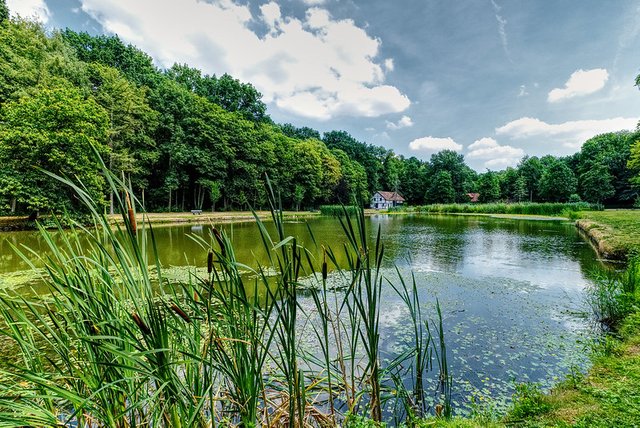
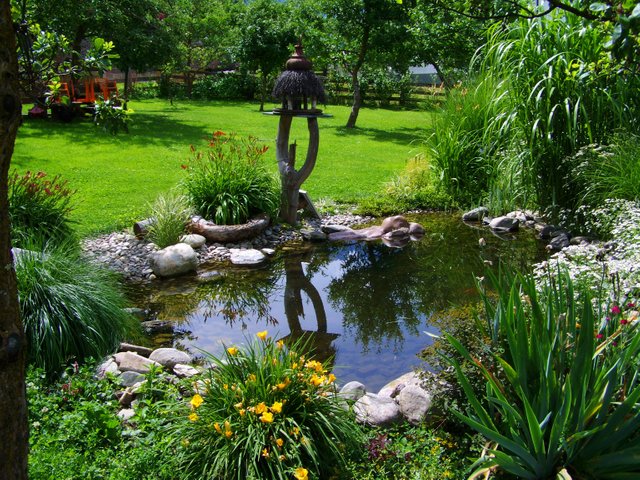

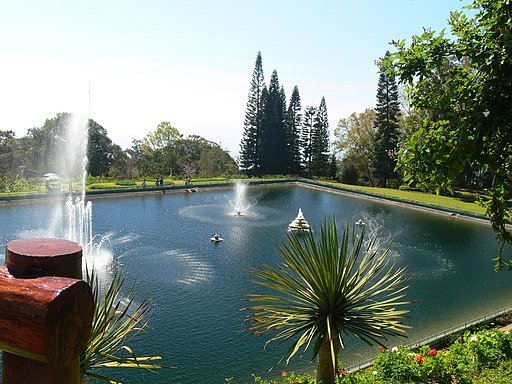
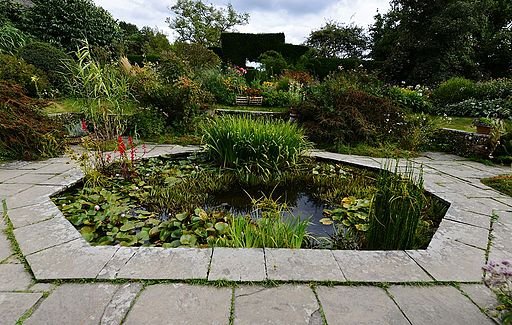
I think that not everyone can have a lake or pond easily.
True, although it's not as expensive as some people think. Small fish lake in Poland is a cost of around 10k usd, but a small decorative water reservoir that will increase the esthetics and biodiversity can be made for few hundred dollars. I have made one 2m x 2m once - when you dig on your own, it can be very budget-friendly :)
Thank you very much for your comment.